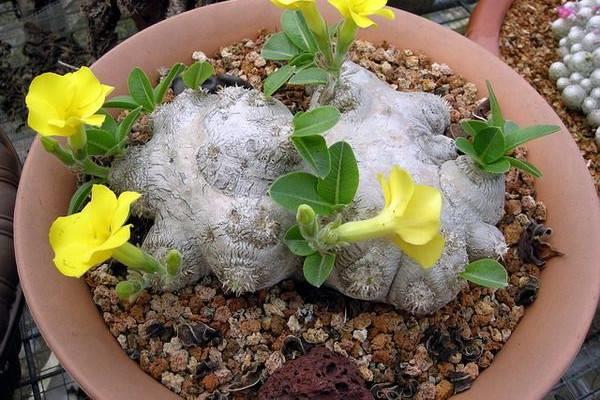Black-eyed Susan breeding methods and precautions
Last Update :2024.11.01
Article Catalog
How to breed black-eyed Susans
Black-eyed Susan is a tropical plant native to South Africa. Because its flower center is black, it is named: Black-eyed Susan. One of the characteristics of Black-eyed Susan is that its growth height is nearly 3 meters. The flowers are so beautiful that you can't take your eyes away. But how should black-eyed Susans be bred? What should we pay attention to during the breeding process?

How to breed black-eyed Susans
How to breed black-eyed Susan
The most suitable time for sowing black-eyed Susan is in March every year, and the potting work should be carried out gradually according to its growth status, about When finally taking shape, the most suitable flower pot is about 20cm. Another propagation method for black-eyed Susan is by cutting propagation.
Environment
Black-eyed Susan prefers a warm and humid environment, and likes to grow in a sunny environment. The best growing temperature for black-eyed Susan is 20 degrees Celsius to 30 degrees Celsius. Black-eyed Susan is not cold-tolerant and will have difficulty maintaining normal growth once the temperature reaches below 7 degrees Celsius.

Fertilizer
Black-eyed Susan It is a plant that likes fertilizer very much. Once it starts to grow, it must be fertilized strictly to facilitate its flowering.
Soil
The growth soil of black-eyed Susan should be rich in nutrients. Suitable fertilizer can be used as base fertilizer, and it can be supplemented continuously during the breeding process. If it can be regularly Proper fertilization will be more conducive to plant growth.
Moisture
Black-eyed Susan is not drought-tolerant, so it must be watered in time during the breeding process. In summer, water should be sprayed as a spray to maintain environmental humidity. .

Pruning
Can be done at appropriate Topping at the right time can lead to branching, and the flower stems can be pruned in time after flowering.
- END -
How to breed Ebisuke

Ebisuga is a plant of the Apocynaceae family. It is quite famous among succulents....
Five types of flowers suitable for planting in patches

Being in the sea of flowers, feeling the lingering fragrance, and nostalgic for th...